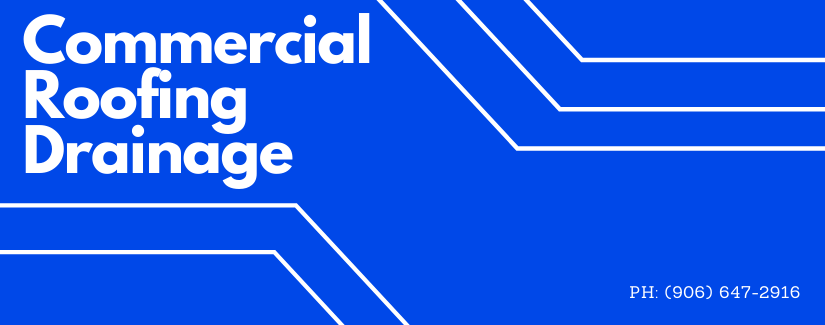Steep-sloped roofs that are typical for single-family homes, especially in the Midwest, obviously are constructed to let water easily flow off. Flat, commercial roofs, on the other hand, although originally built with at least a modest slope, are not always as efficient at drainage. This could be because of blockage or because parts of the roof have settled and no longer have sufficient slope for water flow.
Poor or nonexistent drainage on a commercial roof is a precursor to potentially serious problems. If ponding water is not drained, it can lead to the buildup of debris, compromise rooftop seams and other membrane connection points, promote vegetation/mold growth, and cause structural damage to the facility itself (water weighs about five pounds per inch of depth, per square foot of roof surface).
The solution may be as easy as ensuring that rooftop drainage systems – drains, gutters, scuppers, and downspouts – are clear of debris and allow water to flow freely. Although intended to accomplish the same goal (moving water off the rooftop), they each function differently.
Rooftop drains channel water down through the building and out at ground level or into a sewer. Scuppers and gutters are similar, in that they both direct water off the perimeter of the roof. They should connect to downspouts that direct water down and well away from the building and walkways. At the time your building was constructed, one or more of these drainage systems were designed and installed to be appropriate for and properly integrated with the roof.
However, even the best drainage systems can become clogged over time, especially after storms or when snow has accumulated. The simple and low-cost fix: do a regular rooftop and drainage inspection to ensure that water is able to flow freely at all points.
If your roof has settled over time to where slopes have minimized or disappeared, more extensive fixes may be required. This may include adjusting the roof slope with crickets (triangular structures installed on the rooftop to direct water) or tapered insulation to eliminate ponding water by providing positive drainage. These can be typically handled by a commercial roofing contractor. Structural building damage needs the attention of a qualified facility engineer.
At Great Lakes Roofing & Insulation, we understand all aspects of commercial roofing and can help you address your rooftop drainage problems. Give us a call today! 989-575-0190

